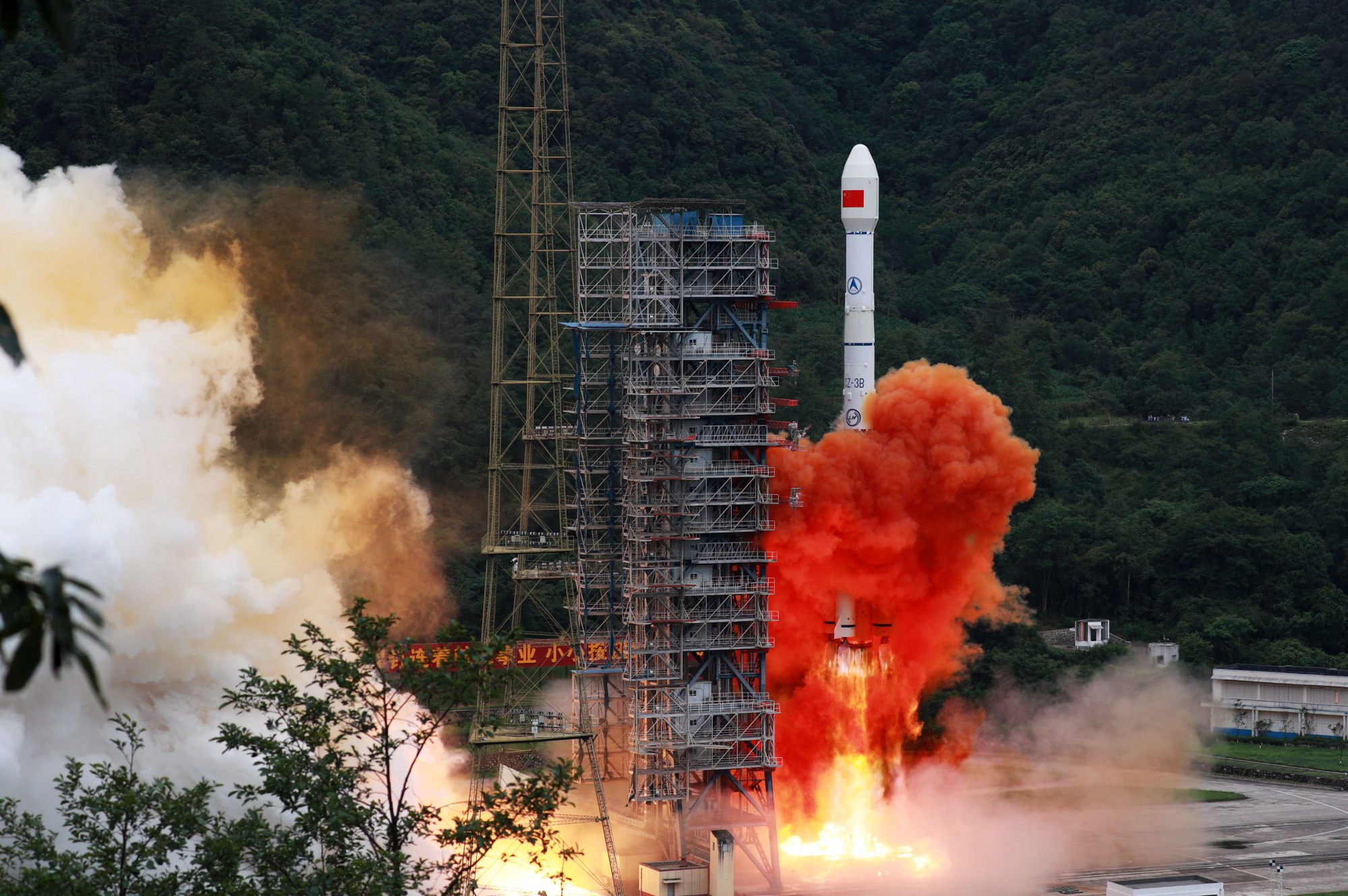Known locally as Gaode Map, the digital map supports route planning and navigation in more than 200 countries and regions after an upgrade on September 2, enabled by China’s answer to the United States’ GPS satellite system, Amap chief executive Liu Zhenfei said at a Belt-and-Road-Initiative themed event hosted by state-run Xinhua News Agency.
Amap aims to “actively participate” in advancing the digitisation of Beijing’s grand infrastructure connectivity plan, Liu was quoted as saying by Chinese media.

The map’s widened coverage comes after China launched its 56th Beidou satellite in May, three years after its last one. For comparison, the GPS system is currently made up of 24 operational satellites.
The Belt and Road project, launched in 2013 with the goal of boosting China’s trade ties with the world and expanding the country’s global influence through infrastructure and investments, encompasses 152 countries to date.
But the initiative is facing headwinds amid China’s slowing economy and growing geopolitical tensions with the Western world.
Advertisement
Meanwhile, Amap could find itself caught in the middle of territorial disputes between China and neighbouring countries. China’s latest standard map, released on Monday by the Ministry of Natural Resources, triggered objections from the Philippines, Malaysia, Vietnam and India.
Amap, one of the top map apps in China, saw a record of more than 220 million daily active users during the week-long National Day holiday last October, according to the company.
Advertisement


